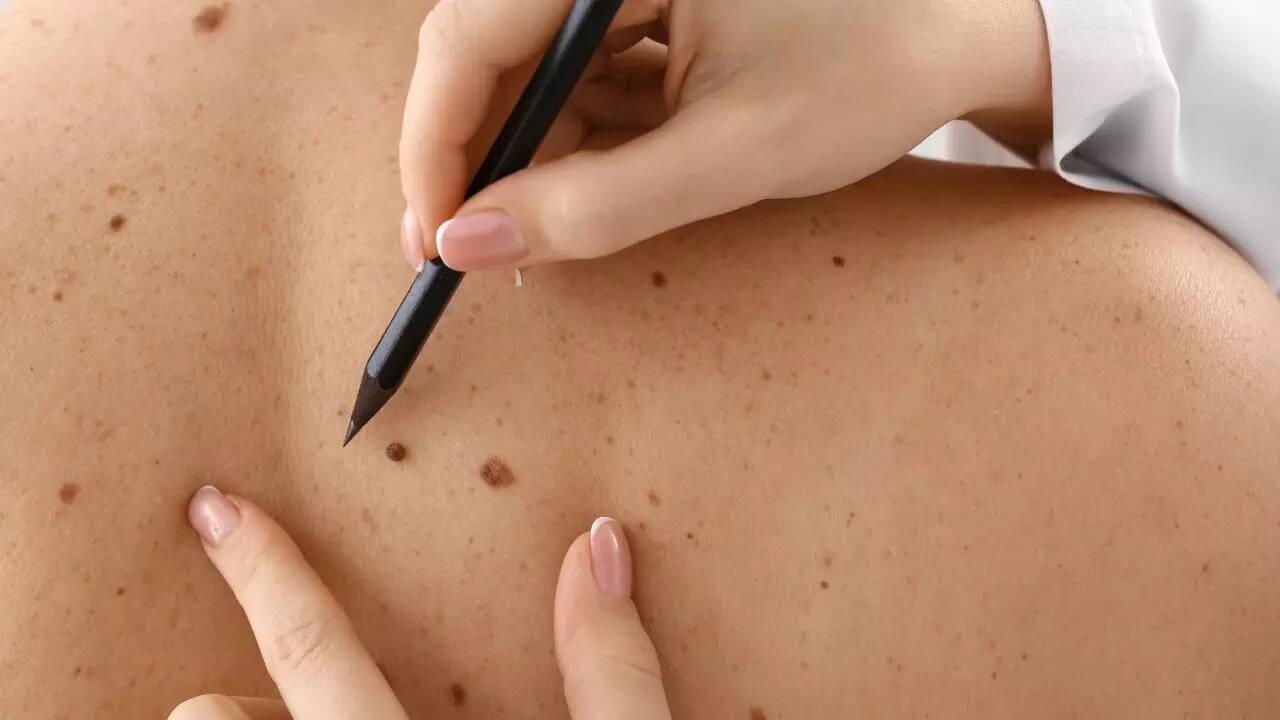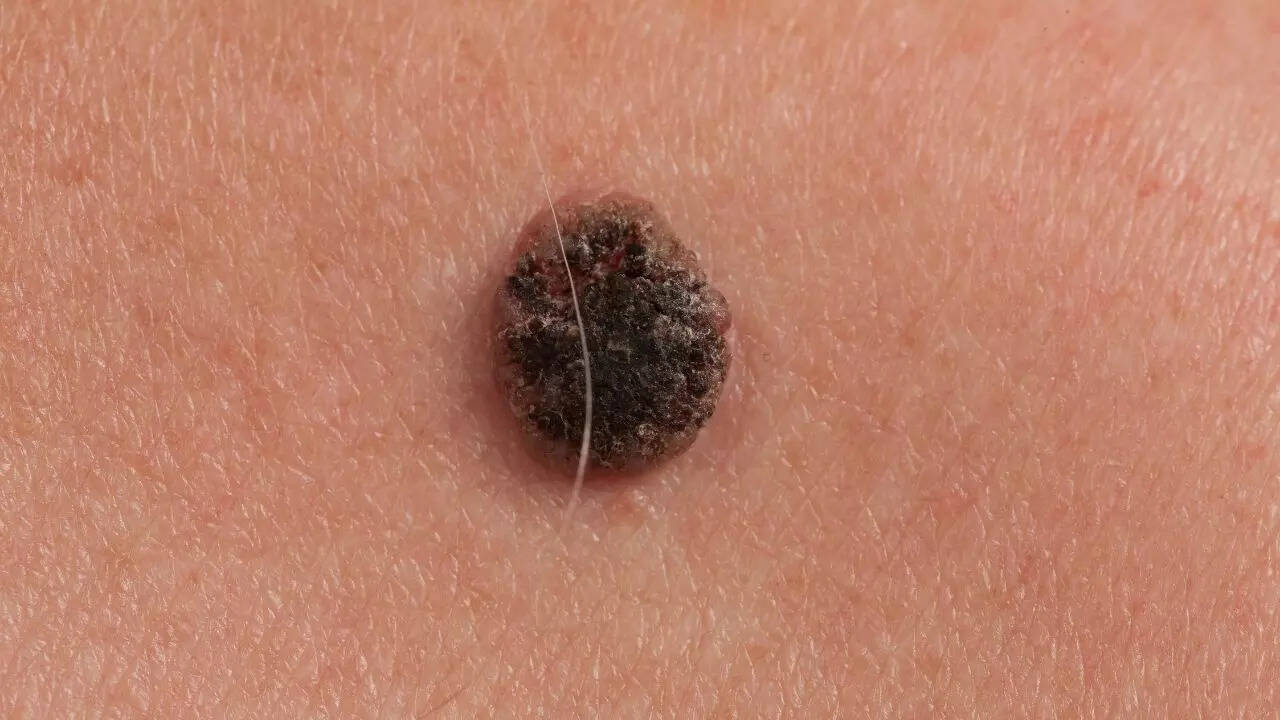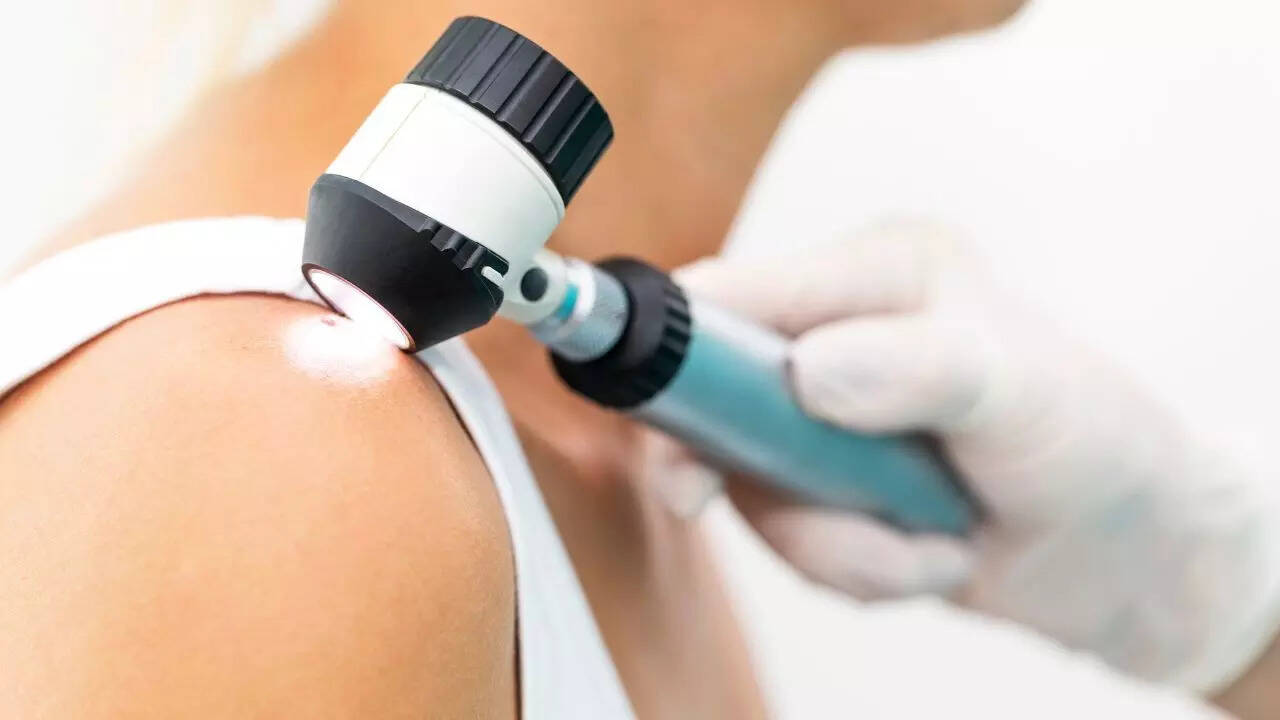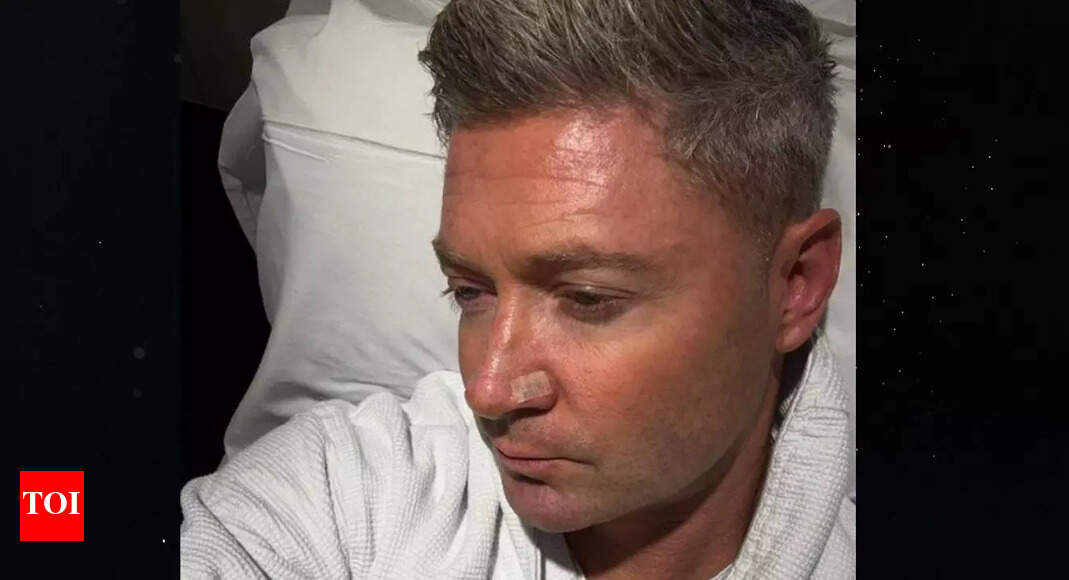Former Australia cricket captain Michael Clarke has undergone his sixth skin cancer surgery, this time to remove a lesion from his nose. The 44-year-old World Cup–winning skipper shared a post-surgery picture on Instagram, urging his followers to take skin checks seriously, especially in sun-intense countries like Australia.“Skin cancer is real! Especially in Australia. Another one cut out of my nose today. A friendly reminder to get your skin checked. Prevention is better than cure but in my case, regular check ups and early detection is key,” Clarke wrote.Clarke was first diagnosed in 2006 while still playing cricket and has faced multiple procedures since then. In 2019, he had three non-melanoma lesions removed, including one from his forehead. In 2023, he required 27 stitches after basal cell carcinoma was taken out from his chest. That same year, he partnered with the Australian Skin Cancer Foundation to raise awareness.The type of cancer behind his most recent surgery has not been confirmed, though past reports have mentioned basal cell carcinoma.
What is skin cancer?

Skin cancer is an abnormal growth of skin cells. These cells can damage nearby healthy tissue, and in some cases, spread to other parts of the body.The most common types are: basal cell carcinoma (BCC) and squamous cell carcinoma (SCC). Both are usually treatable when caught early. The most dangerous form is melanoma, which spreads more quickly and is harder to cure.
Why skin cancer happens
Skin cancer begins when the DNA inside skin cells becomes damaged and the body fails to repair it. Normally, DNA acts like an instruction manual, telling cells when to grow, divide, or die. But when that manual is corrupted, cells start multiplying uncontrollably, forming tumors.The main culprit is ultraviolet (UV) radiation from the sun or tanning beds. UV rays penetrate the skin and damage DNA directly, creating mutations. Over time, repeated exposure builds up, and the risk of cancer rises. That’s why areas like the face, shoulders, and arms are hotspots for skin cancers—they absorb the most sun.

But UV isn’t the only factor. Genetics also plays a powerful role. People who inherit faulty DNA repair mechanisms (for example, mutations in the CDKN2A gene linked to melanoma) may develop skin cancers even with limited sun exposure.The immune system is another piece of the puzzle. A healthy immune system can often detect and destroy abnormal cells before they become dangerous. But in people whose immunity is weakened—because of aging, certain medications, or medical conditions—mutant cells slip through and grow unchecked.Finally, skin type matters. Individuals with fair skin have less melanin, the pigment that naturally protects against UV damage. This makes them more vulnerable to DNA mutations. But darker skin tones aren’t immune—skin cancers can still occur, and when they do, they’re often diagnosed later, making them more dangerous.
Risk factors for skin cancer

Some people are at higher risk than others. Factors include:Skin that burns easily, especially fair skin with blond or red hair, light eyes, or freckles.Frequent or intense sun exposure without protection.Use of tanning beds.A history of blistering sunburns, especially in childhood.Previous cases of skin cancer.A family history of skin cancer.A weakened immune system due to illness or medication.
